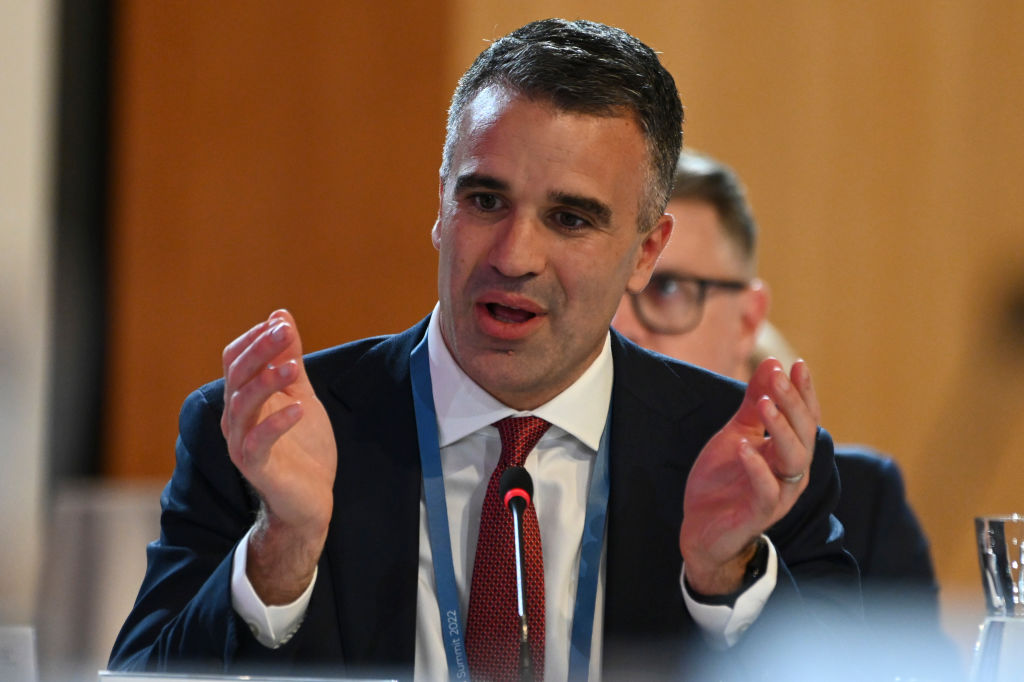The government’s goal was for 220 million citizens to be signed up to its digital ID by June 2024.
Analysis
An ambitious plan to have everyone in Indonesia carry a digital ID on a cellphone by June 2024, looks likely to miss its target by a significant margin, with official sources reporting a take-up rate of just eight percent by February of this year.
Indonesia is Southeast Asia’s largest economy, with a nominal GDP of US$1.05 trillion. Its digital economy is projected to grow to US$130 billion by 2025.
The Identitas Kependudukan Digital, or Digital Population Identity (IKD), was touted to make public services more accessible to millions of Indonesians, particularly those in remote areas.
Half the country’s total population live in rural regions, in 2022 that number was 115,892,393.
As for the digital wallet, it can be used for everything from banking to event tickets.
An “instant digital payments service” incorporating money transfer services such as GoPay, OVO, LinkAja, DANA, and the national payment gateway, QRIS, is also part of the project.
The initiative is being funded by the World Bank, which has loaned the Indonesian government US$250 million.
Low Take Up Likely Due to Poor Financial Access
But with less than eight million of the 220 million people expected to activate the digital ID so far, the government still has enormous work to do to reach its June target this year.
That target was set by proclamation from former President Joko Widodo in 2018.
Indonesians often lack access to—or choose not to use—technology: it is estimated that around half the adult population is without access to banks, and the population has a low financial literacy index of 40 percent.
 A woman counts banknotes she earned at Tanah Abang Market in Jakarta, Indonesia on Sept. 27, 2023. (Bay Ismoyo/AFP via Getty Images)
A woman counts banknotes she earned at Tanah Abang Market in Jakarta, Indonesia on Sept. 27, 2023. (Bay Ismoyo/AFP via Getty Images)Indonesia already has a digital identification system known as e-KTP, which stands for “Electronic-Kartu Tanda Penduduk,” or “Electronic-Resident Identity Card.”
The e-KTP is a smart card (with a chip inside) that contains a unique 16-digit identification number assigned to each citizen and resident of Indonesia. It was introduced in 2011 to replace the previous paper-based identification system.
The government maintains that its new system will be better. The application will store the various identity documents Indonesians are required to carry, such as the e-KTP and KK (family) cards, child identity cards (KIA), and birth certificates.
“People can access government and private services more easily without having to come to government branch offices to get verification and complete documents. This provides significant benefits, especially for those who live in remote areas or have limited mobility,” said Teguh Setyabudi, director general of Population and Civil Registration (Dukcapil) at Indonesia’s Ministry of Home Affairs.
 Teguh Setyabudi, Director General in charge of Population and Civil Registration in the Indonesian Ministry of Home Affairs. (Courtesy of the Directorate General of Regional Development, Ministry of Home Affairs, Indonesia).
Teguh Setyabudi, Director General in charge of Population and Civil Registration in the Indonesian Ministry of Home Affairs. (Courtesy of the Directorate General of Regional Development, Ministry of Home Affairs, Indonesia).9 Different IDs in the Works
Unlike a physical ID card, the Digital Population Identity (IKD) can be accessed through a smartphone application. During the activation process, the system records personal data such as the owner’s existing 16-digit identification number, their date of birth, and a photo.
While the IKD is the most far-reaching, covering every Indonesian in the country from birth, it’s just one of nine “super apps” that are being developed under Mr. Widodo’s directive.
These integrated apps will cover education, health, social assistance and police services, as well as digital financial services, and a national data exchange platform. There will also be an app for public service portal services, and one offering administrative services for state employees.
Under pressure from Mr. Widodo, the head of the Population Registration department tried to accelerate the activation process.
Regional branches of the directorate in all districts and cities opened dedicated “service posts” to serve people who wanted to activate IKD, and officers were deployed to visit people directly in the community.
The government has also run large-scale public campaigns touting the advantages of IKD over physical IDs.
 An Instagram advertisement encouraging Indonesians to adopt the new digital ID. (Source: The Ministry of Communications and Informatics’s Official Instagram).
An Instagram advertisement encouraging Indonesians to adopt the new digital ID. (Source: The Ministry of Communications and Informatics’s Official Instagram).An Instagram and Twitter post by the Ministry of Communication and Information titled, “Sayonara E-KTP, Welcome to IKD,” initially gained significant public attention and went viral but was later removed.
Mr. Teguh labelled it disinformation and said the Ministry was investigating its source.
Critics of the proposal say the digital transformation is needless as the existing e-KTP format could be optimised with better technological infrastructure, simplifying the roll-out to the wider population.
Even supporters of digital transformation have expressed concerns about its rushed implementation.
However, the government—so far, at least—is sticking to its timetable.
“We urge the public to immediately activate IKD because IKD is safer with the use of password verification and biometric codes and is not easily lost or damaged,” Mr. Teguh said.
Association of Southeast Asian Nations (ASEAN) countries see digital ID as a top priority, with the majority having implemented or are planning to implement a program similar to Indonesia’s.
The Rockefeller Foundation introduced Digital Public Infrastructure (DPI) (pdf) and encouraged countries to accelerate its introduction.
DPI promotes three essential infrastructures for all countries to co-develop: identification, payments, and data exchange.














 English (US) ·
English (US) ·  Turkish (TR) ·
Turkish (TR) ·